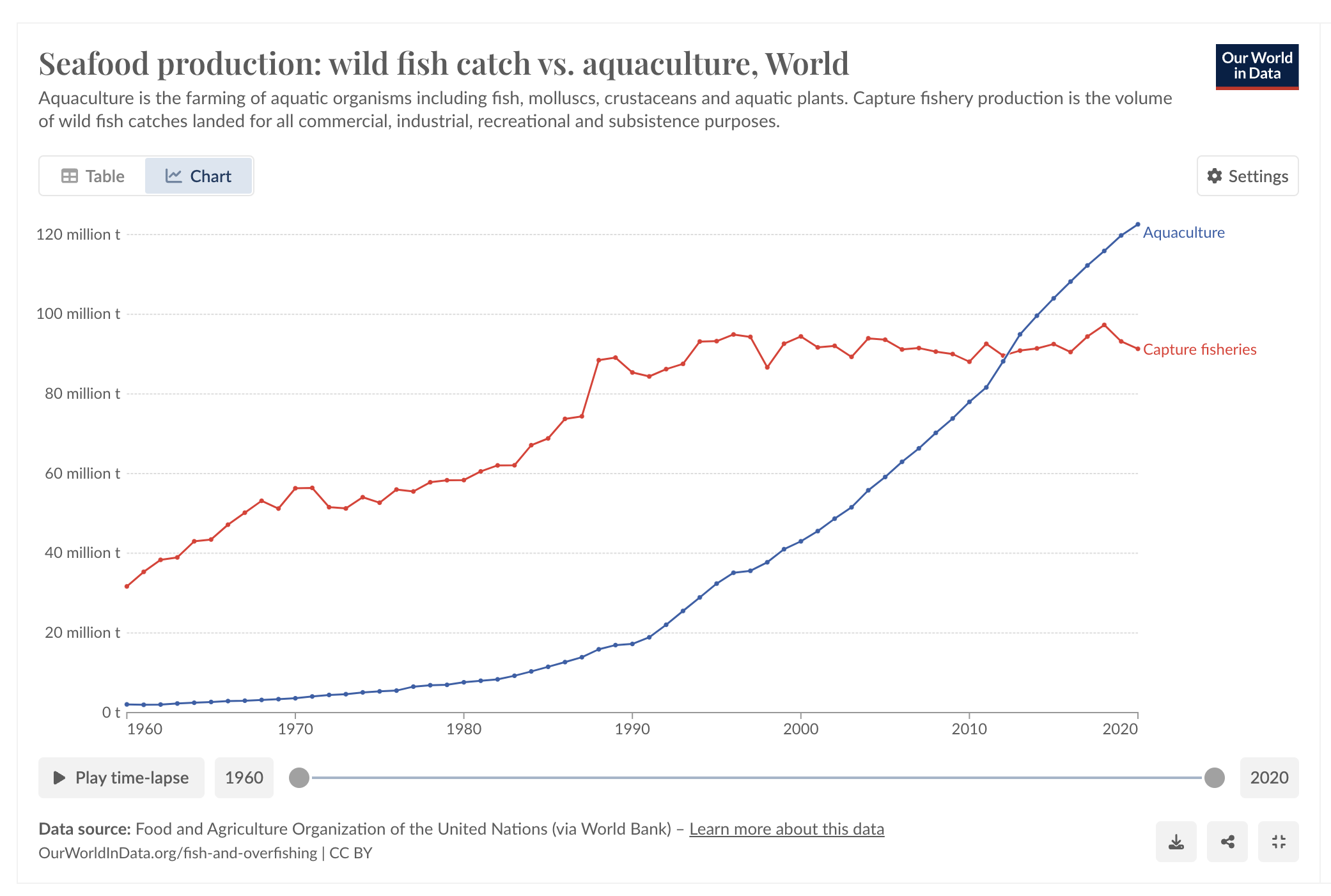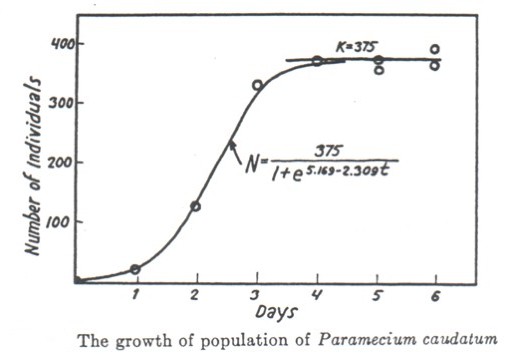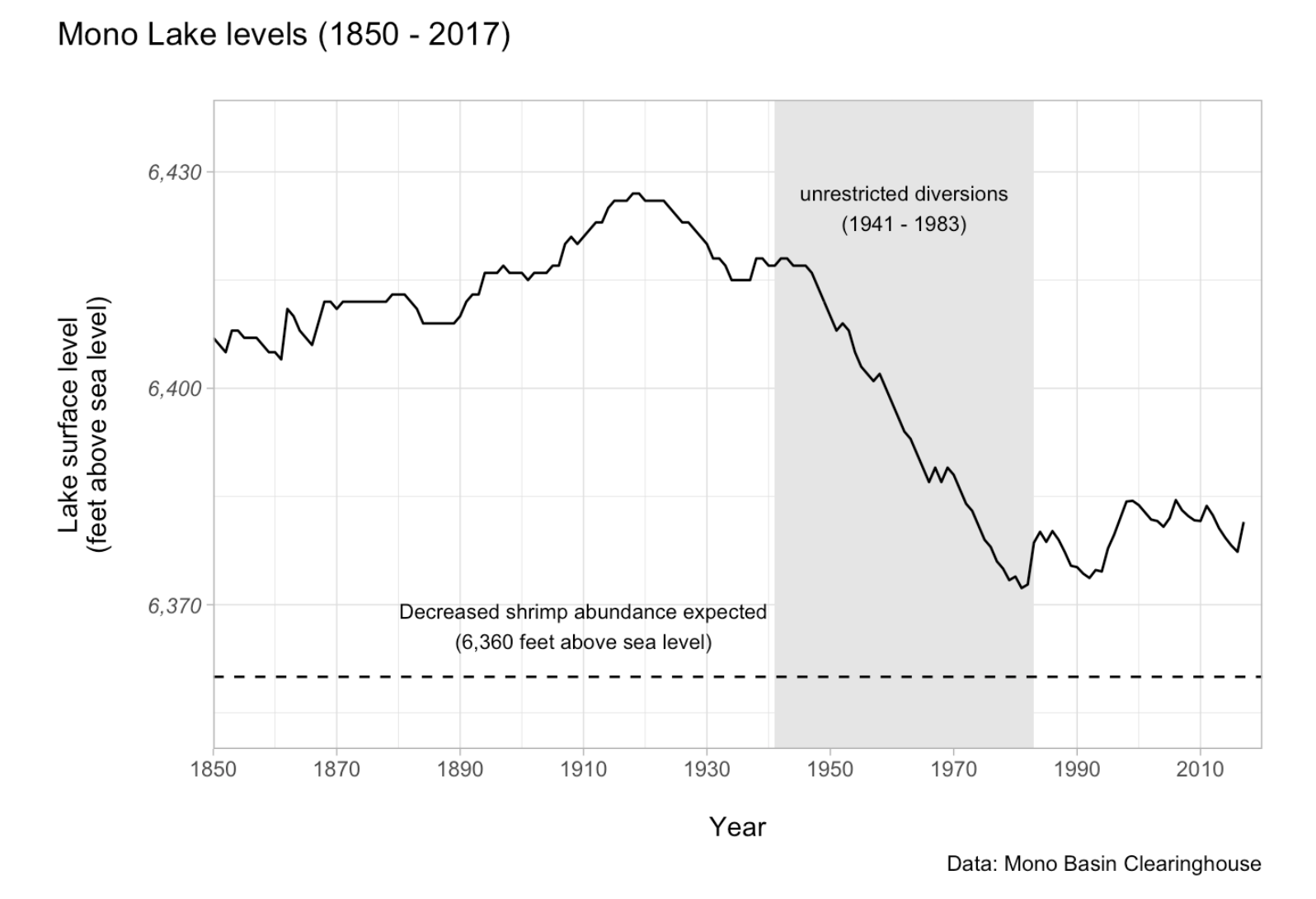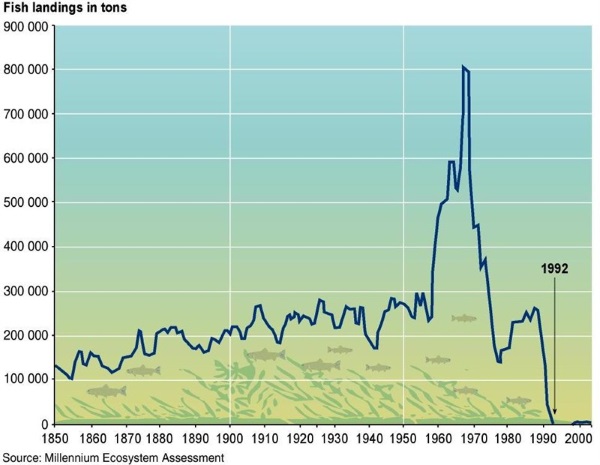- Algebra blitz
- Exponentials and logarithms
- Common units and unit conversions
- Functions
- Understanding graphs
- Interpreting equations
x y previous_y percent_change_y
1 1 2.718282 NA NA
2 2 7.389056 2.718282 63.21206
3 3 20.085537 7.389056 63.21206
4 4 54.598150 20.085537 63.21206
5 5 148.413159 54.598150 63.21206
6 6 403.428793 148.413159 63.21206
7 7 1096.633158 403.428793 63.21206
8 8 2980.957987 1096.633158 63.21206
9 9 8103.083928 2980.957987 63.21206
10 10 22026.465795 8103.083928 63.21206




